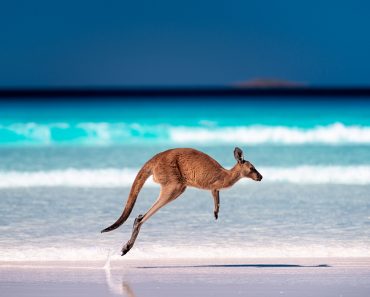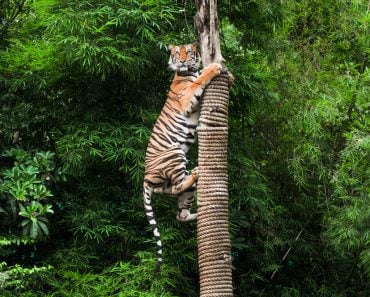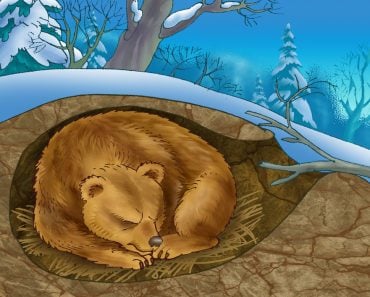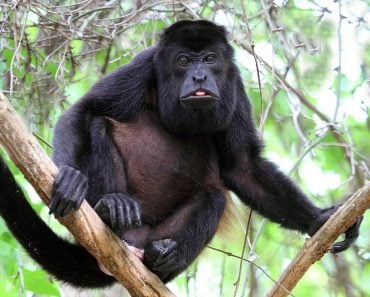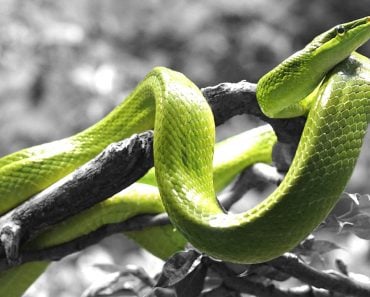Table of Contents (click to expand)
Sloths are so slow because it is more efficient for them! Their slow movement requires less energy than fast movement, which is the main reason sloths are so slow – it’s just more efficient!
Sloths are probably the ‘spirit animal’ of a sizable chunk of the world’s population… can you guess why?
Because sloths are so damn slow!
Sloths are so famously slow that the word “sloth” has actually become synonymous with laziness, lethargy, and a general lack of energy.
Have you ever wondered why sloths move so slowly? Why do they drag themselves through life at a snail’s pace? Can’t they just hurry up and get moving and perhaps improve their reputation?
Recommended Video for you:
What Are Sloths?
Sloths are arboreal mammals known for their general lethargy and spend most of their lives upside down in the trees of tropical rainforests.
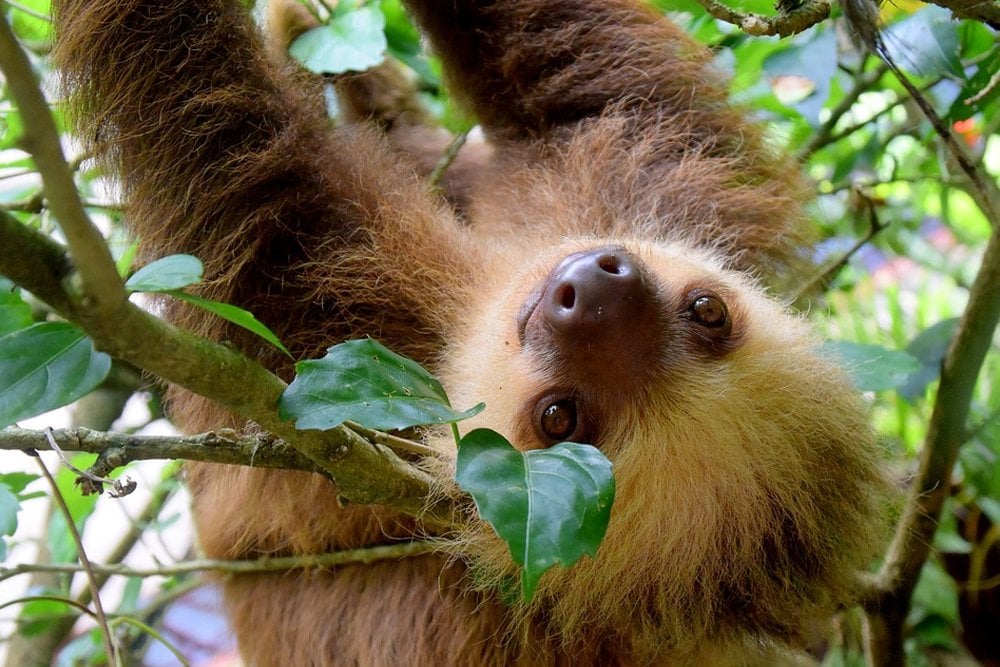
Sloths are called tree mammals because they move and spend most of their lives in or around trees.
The six species of sloths can be easily divided into just two families: three-toed sloths and two-toed sloths. Interestingly, however, all sloths actually have three toes, but two-toed sloths have two fingers or digits on each forelimb.
A sloth can range in size from 24-31 inches (60-80 cm) in length (depending on the species to which it belongs) and weigh anywhere in the range of 3.5-7.7 kg (7.9 to 17.0 lb). Generally speaking, two-toed sloths are slightly larger.
Sloths do have color vision, but their visual activity is not particularly good. Also, their hearing is quite poor. They rely mainly on their sense of touch and smell to find food.
Why Are Sloths So Slow?
Sloths are notorious for their extraordinarily slow movement. To put this in perspective, sloths cover an average of about 40 meters, 36.25 meters per day, which is just a third of the length of an American football field!

The main reason sloths are so slow is that it is a more efficient way of life! It also has several other advantages!
The phrase “survival of the fittest” basically means that the most suitable life forms survive and reproduce, thus passing on these favorable genetic combinations. There are obvious ‘winner’ species – fast and strong enough to protect themselves from their predators or catch their own prey and thrive.
However, natural selection doesn’t just select the fastest and strongest species, but rather those most suited to thrive in their environment.
Sloths are a species that bases their “strategy” on maximizing efficiency. First, they have a prolonged metabolism. They move very slowly and maintain a lower body temperature than most other mammals. This means that their need for raw food is lower than that of many other animals. It works as a type of trade-off, which is a niche that sloths have mastered.
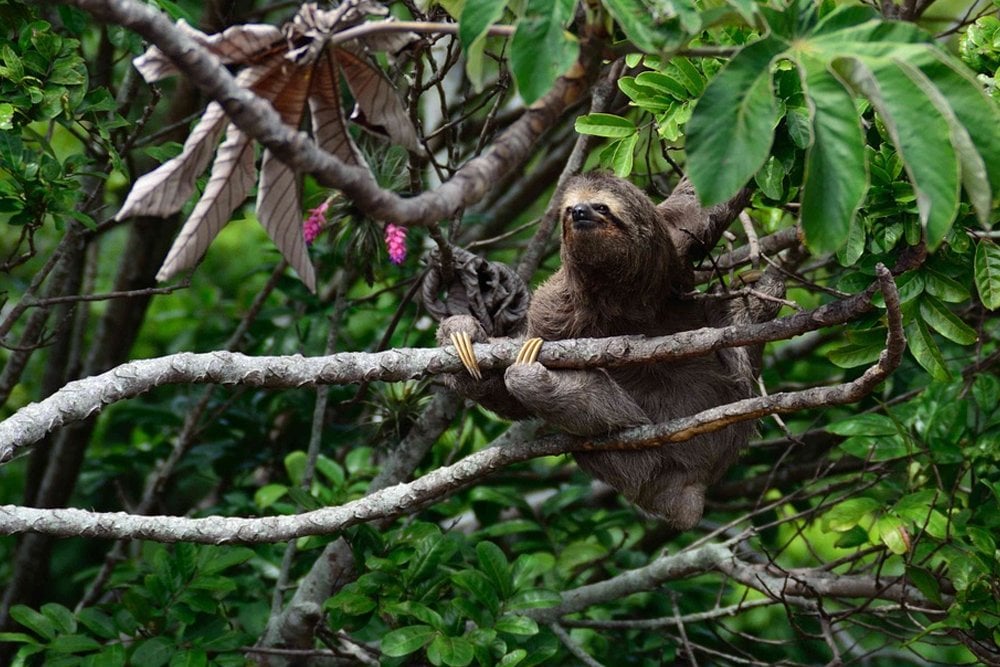
Sloths spend a considerable part of their lives sleeping, well camouflaged somewhere near the treetops. Consider this: Every time a herbivore leaves his nest/habitat to look for food, he runs the risk of attracting the attention of a predator lurking nearby… but not sloths!
Sloths have a slow metabolism, and their energy requirements are much lower, so they don’t have to risk leaving their “nest” searching for food.
Actually, it’s quite simple – less energy consumption means less risky foraging.
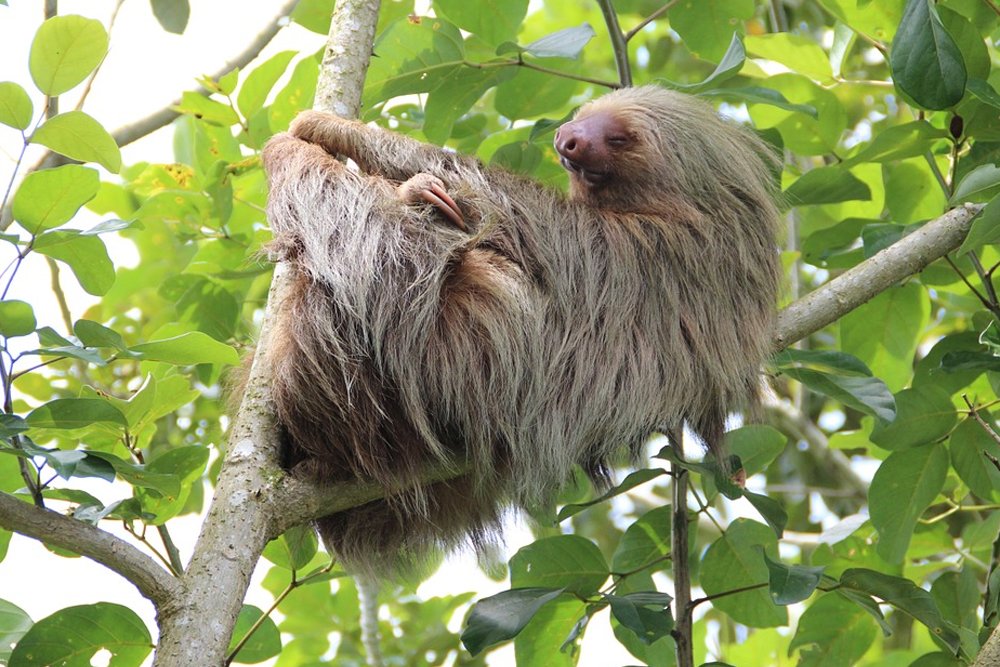
Sloths are so well camouflaged that it is tough to detect them in their nests. To make it even harder for predators, sloths do not move much. As they move, their movement is barely noticeable. Predators are usually alerted by the movement of their prey, so as a predator that relies on movement to detect its prey, it would be more difficult to detect a sloth.
All in all, slow movement requires less energy than fast movement, which is the main reason sloths are so slow – it’s just more efficient!
References (click to expand)
- Animals of the Rainforest-Sloth - www.srl.caltech.edu
- Three-toed Sloth - Bradypus variegatus - The Virtual Rainforest by Gerald Urquhart - msu.edu
- Putting the sloth in sloths: Arboreal lifestyle drives slow motion .... The University of Wisconsin–Madison
- What's with sloths' dangerous bathroom breaks? Maybe hunger. The University of Wisconsin–Madison


